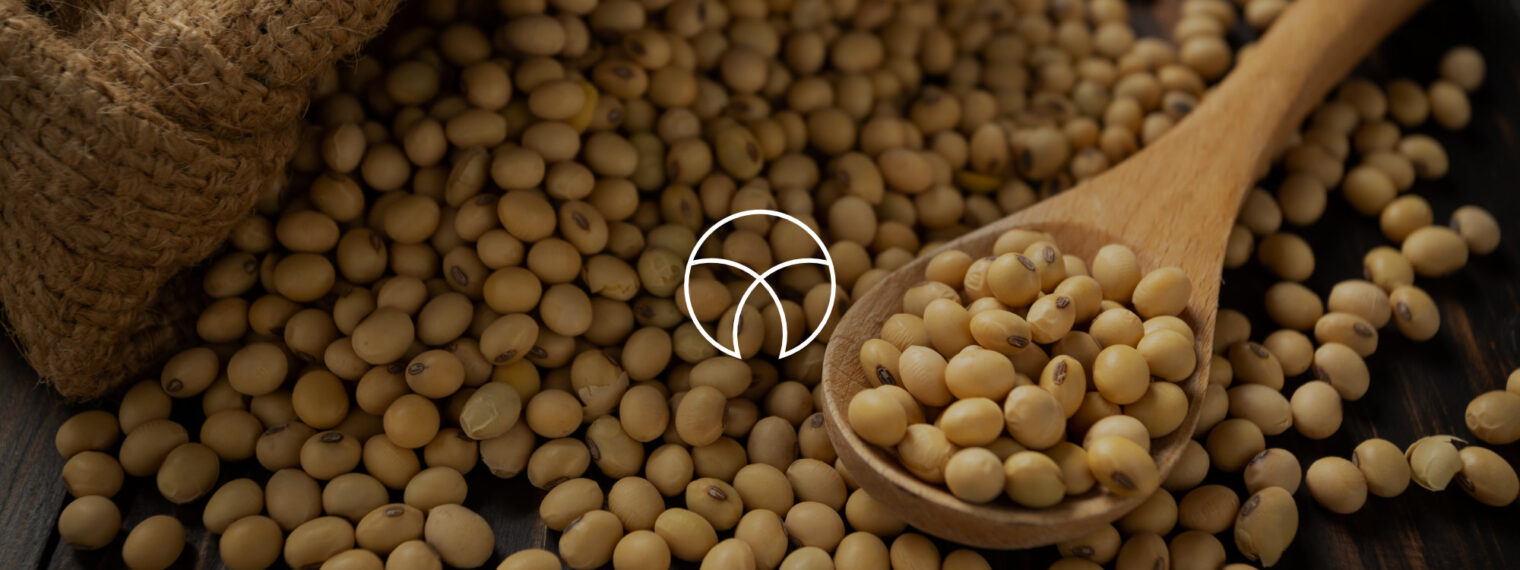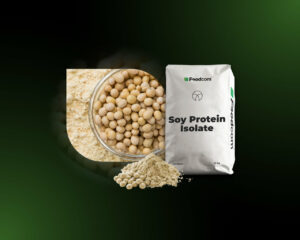Zu den jüngsten Entwicklungen auf dem Weltmarkt für Soja gehören die steigenden Preise in den Vereinigten Staaten und die Veränderungen im internationalen Handel.
Die jüngsten Preise für Sojabohnen in den USA erreichten mit 16,61 $ pro Scheffel den höchsten Stand seit 2012. Die Zahlen sind höher als ursprünglich erwartet – die Prognosen für den Durchschnittspreis der Saison im Mai lagen bei 13,85 $ pro Scheffel, verglichen mit 11,25 $ im Wirtschaftsjahr 2020/2021 und 8,57 $ pro Scheffel ein Jahr zuvor. Die steigenden Sojapreise sind das Ergebnis einer explosionsartigen Nachfrage aus China, wo sich der Schweineanbau nach dem Pandemiestopp rasch erholt.
Globale Sojaproduktion
Die Prognosen für den US-Sojamarkt im Wirtschaftsjahr 2021/2022 gehen von einem geringeren Angebot, einem Rückgang der Exporte und höheren Endbeständen als im Vorjahr aus. Die US-Sojabohnenproduktion wird auf 119,88 Millionen Tonnen geschätzt, gegenüber 112,55 Millionen im Vorjahr. Die Gesamtausfuhren von Sojabohnen aus den USA werden auf 2,1 Milliarden Scheffel geschätzt, was einem Rückgang um 205 Millionen gegenüber 2020/2021 entspricht. Der Anteil der USA am weltweiten Sojabohnenhandel wird auf 33 % geschätzt, was einem Rückgang von 3 % gegenüber dem Vorjahr entspricht. Die Endbestände des Landes für 2021/2022 werden auf insgesamt 140 Mio. Scheffel geschätzt, gegenüber 120 Mio. Scheffel im Jahr zuvor.
Die weltweite Produktion von Sojabohnen wird auf 385,5 Millionen Tonnen geschätzt – ein Anstieg von über 6 % gegenüber dem Vorjahr. Die Prognose für die Sojabohnenernte des weltweit wichtigsten Erzeugers Brasilien liegt bei 144 Mio. Tonnen und damit um 8 Mio. Tonnen über den Schätzungen für 2020/2021. Die Prognosen für die weltweiten Endbestände im Mai 2021 liegen bei 91,10 Mio. Tonnen.
Weltweiter Export von Sojabohnen
Der weltweite Export von Sojabohnen wird auf 172,9 Mio. t geschätzt, wobei die USA weniger und Brasilien mehr Sojabohnen exportieren wird. Letzteres wird voraussichtlich 93 Mio. t des Produkts liefern, was 54 % des weltweiten Anteils an den Sojaexporten ausmacht. Es wird erwartet, dass Brasilien in diesem Jahr auch den Rekord für die größte Sojabohnenlieferung in die USA brechen wird. Insgesamt wurden bereits 238 000 Tonnen brasilianische Sojabohnen unter Vertrag genommen. In den ersten vier Monaten des Jahres 2021 sind die Sojabohnenexporte in Brasilien um 18 % gestiegen.
China – der größte Sojabohnenabnehmer
China – der weltweit größte Abnehmer von Sojabohnen – wird 2021/2021 voraussichtlich 103 Mio. t Sojabohnen importieren, 3 Mio. mehr als im Vorjahr. Im April erreichten fast 90 % der Sojabohneneinfuhren aus Brasilien China und übertrafen damit die geringen Lieferungen im Januar und Februar, die durch die ungünstigen Witterungsbedingungen verursacht wurden, die die Ankunft der Ladung verzögerten. Zwischen Januar und März 2021 importierte China 21,18 Millionen Tonnen Sojabohnen – ein Anstieg von 19 % gegenüber dem Vorjahr. Über 5 Millionen Tonnen Sojabohnen wurden im Januar aus den USA nach China verschifft, kamen aber aufgrund von Frachtverzögerungen größtenteils erst im März an.
Europa auf dem Markt
Auf dem europäischen Markt belaufen sich die Einfuhren von Sojabohnen in die EU im Wirtschaftsjahr 2020/2021 auf über 13,16 Millionen Tonnen. Zwischen Juli 2020 und Mitte Mai 2021 lieferte Brasilien 43,4 % der Sojabohneneinfuhren in die EU, was 5,71 Millionen Tonnen entspricht, während die Lieferungen aus den USA mit 5,32 Millionen Tonnen 40,4 % ausmachten. Die Lieferungen gingen hauptsächlich in die Niederlande, nach Spanien, Dänemark und Italien.
Vorhersagen
Während die Vorhersagen für höhere Preise weiterhin bestehen, ist die Nachfrage aus China fraglich, da das Land immer noch mit der Afrikanischen Schweinepest kämpft und die Sojabohnenexporte für Schweinefutter möglicherweise zurückgehen könnten. Zu den größten Bedenken, die den Markt beeinflussen könnten, gehören weitere Unsicherheiten, die durch die Pandemie hervorgerufen werden, und unvorhersehbare Wetterbedingungen, die sich sowohl auf die Erträge als auch auf den Transport auswirken.








